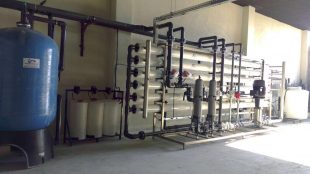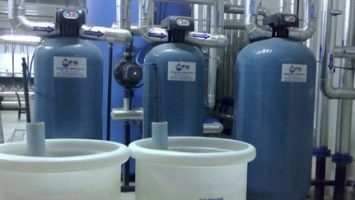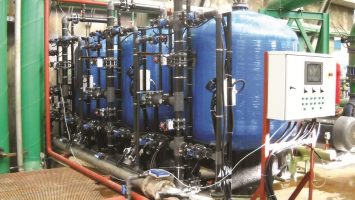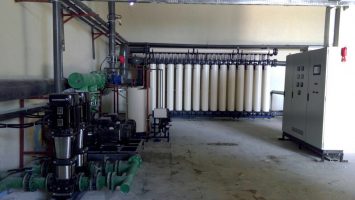
How Does Reverse Osmosis Systems Work?
Osmosis is a natural phenomenon, and in short, water is a very dense medium to a very dense medium. This process continues until the osmotic balance is achieved. Reverse osmosis is the reverse of this osmotic flow. To achieve this, pressure is applied to the liquid with a high concentration. If the applied pressure is greater than the osmotic pressure, the process is reversed. Synthetic membranes are operated on reverse osmosis principle in water treatment systems. These membranes pass water molecules. Other molecules are trapped by membranes. High pressure causes very dense media to pass through the membranes. At this time there is a separation and as the water passes to the less dense side, other molecules in the water are trapped by the membrane and form concentrate.






COMMENTS
MAKE A COMMENT